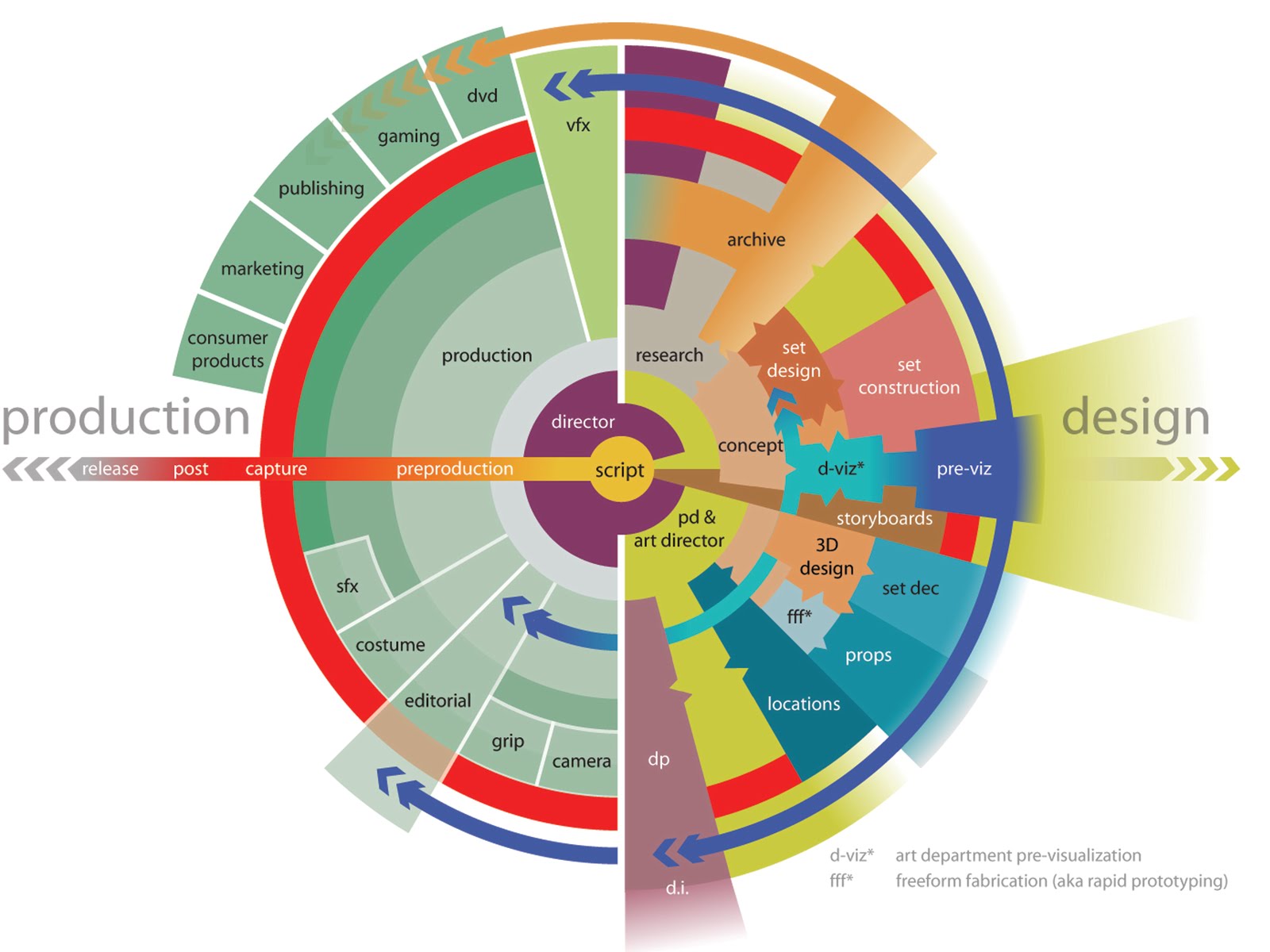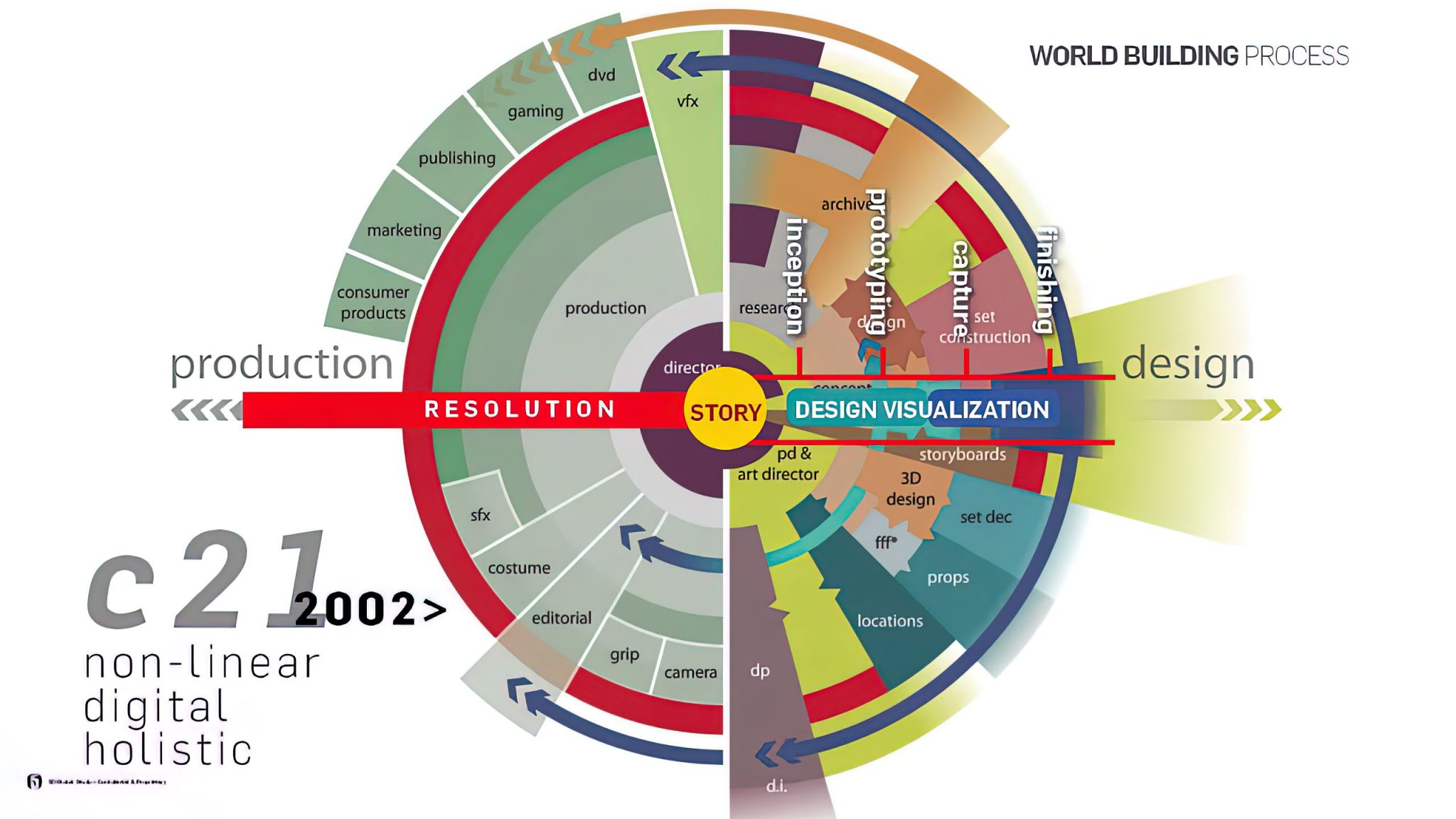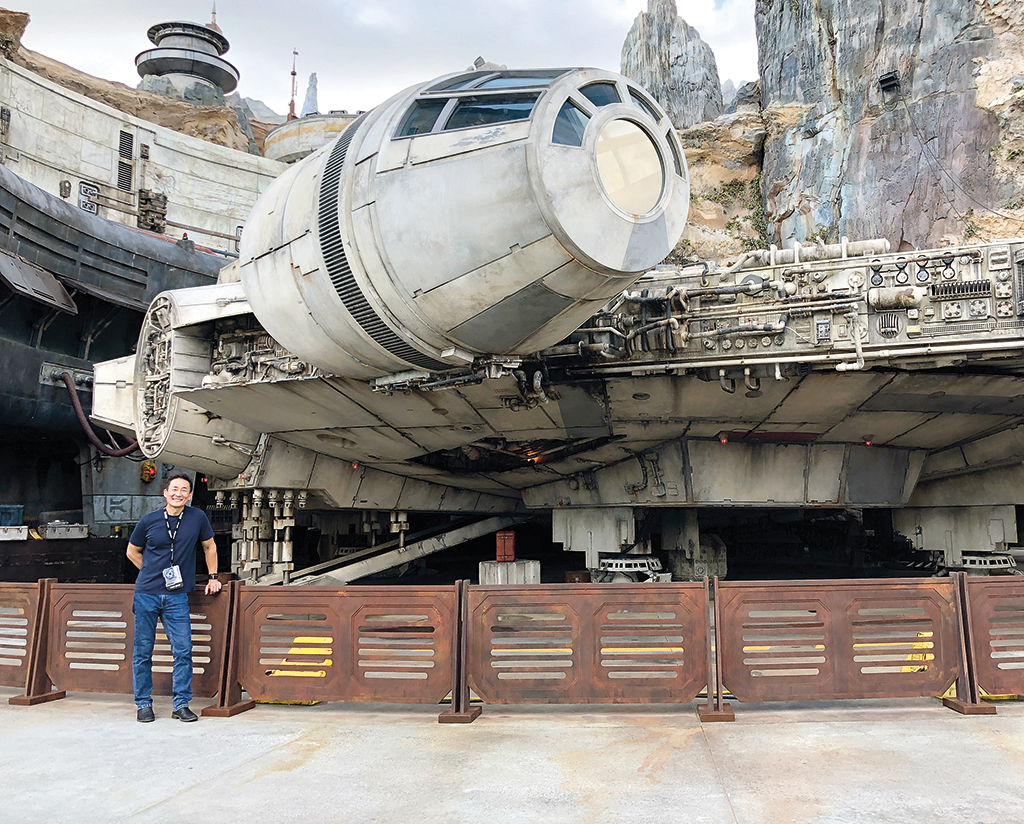www.nvidia.com/en-us/studio/canvas/





3Dprinting (179) A.I. (897) animation (353) blender (217) colour (240) commercials (53) composition (154) cool (368) design (655) Featured (91) hardware (316) IOS (109) jokes (140) lighting (298) modeling (156) music (189) photogrammetry (197) photography (757) production (1308) python (101) quotes (498) reference (317) software (1379) trailers (308) ves (571) VR (221)
POPULAR SEARCHES unreal | pipeline | virtual production | free | learn | photoshop | 360 | macro | google | nvidia | resolution | open source | hdri | real-time | photography basics | nuke
Author: pIXELsHAM.com
-
Outpost VFX lighting tips
www.outpost-vfx.com/en/news/18-pro-tips-and-tricks-for-lighting
Get as much information regarding your plate lighting as possible
- Always use a reference
- Replicate what is happening in real life
- Invest into a solid HDRI
- Start Simple
- Observe real world lighting, photography and cinematography
- Don’t neglect the theory
- Learn the difference between realism and photo-realism.
- Keep your scenes organised

-
‘Winnie-The-Pooh’ And ‘Bambi’ Have Entered The Public Domain
It’s important to distinguish here that Disney’s (and other) adaptations stay under copyright, as do other books by the authors. Any adaptations, remixes, or extensions of these stories must be based on the original 1926 works. Also, Winnie-the-Pooh’s pal Tigger first appeared in a book in 1928, so will remain copyrighted for another two years.
Another important addition this year is a library of an estimated 400,000 sound recordings, all released prior to 1923. Due to quirks in how the law has developed, this is the first major batch of recordings to enter the public domain in one go. If you’re looking to soundtrack your film, you can start by exploring this trove of old blues, jazz, classical music, comedy skits, and more (listen to highlights here: www.archeophone.com/arsc-top-ten-nominees/#smith).
-
Streaming wars drive media groups to spend more than $100bn on new content, most at a loss
https://www.ft.com/content/ae756fda-4c27-4732-89af-cb6903f2ab40
From the Financial Times:
The top eight US #media groups plan to spend at least $115bn on new movies and #TV shows next year in pursuit of a video #streaming business that loses money for most of them.
The huge investment outlays come amid concerns that it will be harder to attract new customers in 2022 after the pandemic-fuelled growth in 2020 and 2021. Yet the alternative is to be left out of the streaming land rush.
Most of the companies — a list that includes The Walt Disney Company , Comcast , WarnerMedia and Amazon — are set to rack up losses on their streaming units. Including sports rights, the aggregate spending estimate rises to about $140bn.
But the fact that even the industry leader must invest heavily to churn out shows and keep pace with competitors has caused some investors to ask whether video streaming is a good business.
Netflix is set to spend more than $17bn on content next year — up 25 per cent from 2021 and 57 per cent from the $10.8bn it spent in 2020. The company expects to break even and become free cash flow positive in 2022.
“The market is increasingly concerned there is no pot of gold at the end of this rainbow”, the bank’s analysts said.
-
The ONLY Modeling Tools You Need To Make ANYTHING in Blender
HardOps & Box Cutter (Blender Bros)
https://blendermarket.com/products/hard-ops–boxcutter-ultimate-bundle
ND
https://hugemenace.gumroad.com/l/nd-blender-addon
Engraver
https://johnniewooker.gumroad.com/l/qOyVO
Bool Tool add on
KitOps
https://chippwalters.gumroad.com/l/kitops
Screws and Bolts package for KitOps
https://masterxeon1001.gumroad.com/l/hopsclassicinserts
Recommended workflow when working with most basic inserts;
- Make a simple base mesh (could be a cube or a little bit flatter),
- Add a bevel-modifier. Start with width: 0.015, Segments 4 or 5, Limit Method; Angle, Angle: 30 degrees.
- Shade Smooth (Z) and in Object Data tab in the Properties panel: Autosmooth
- If you have a build with the Normal Weight Modifier, that does some magic sometimes.
- Right after using an insert (not yet applied), move the Boolean modifier before the bevel modifier. (Bevel modifier is always last).
- All you have to do now is: place insert > move modifier > place insert > move modifier etc.
KitOps VP Display Add on
MeshMachine (Blender Bros)
https://www.blendermarket.com/products/meshmachine
-
DDS textures – DirectDraw Surface container file format
The DirectDraw Surface container file format (uses the filename extension DDS), is a Microsoft format for storing data compressed with the previously proprietary S3 Texture Compression (S3TC) algorithm, which can be decompressed in hardware by GPUs. This makes the format useful for storing graphical textures and cubic environment maps as a data file, both compressed and uncompressed.
en.wikipedia.org/wiki/DirectDraw_Surface
The DDS format was developed by Microsoft to be used with the DirectX SDK for the development of real-time rendering applications, particularly 3D games. The format is primarily used to store model textures, mipmap levels, and cubemaps in 3D video games.
-
Google’s ’20% rule’ shows exactly how much time you should spend learning new skills, and why it works
“We encourage our employees, in addition to their regular projects, to spend 20% of their time working on what they think will most benefit Google,”
- Identify Specific Skills: Clearly define the skill you want to learn. Focusing on one specific area rather than spreading yourself thin across multiple subjects helps in achieving faster and more noticeable improvement.
- Seek Value in Every Effort: Even if a project doesn’t lead to immediate success, look for the minimum benefits such as learning new techniques, gaining exposure to different fields, or networking. This ensures your time is never wasted.
- Stay Flexible and Committed: Be disciplined in protecting your learning time, but also flexible enough to adjust when urgent tasks arise. The key is consistency, not a rigid schedule.
- Make it Enjoyable: Incorporate fun elements into your learning process. This could be through interactive methods like working with friends, enjoying relevant media, or engaging in creative projects.
- Think Long-Term: View your learning as a long-term investment. Small, consistent efforts compound over time, leading to significant improvements and opportunities in the future.
-
Alex McDowell’s mandala for non-linear virtual production
spring2013animationseminar.wordpress.com/2013/03/16/march-27-alex-mcdowell/
www.rinascimentodigitale.it/transmedia.html
“I think that it’s important now for people coming into the entertainment or pop culture business to know that all bets are off, … We don’t necessarily know that film making as we know it will exist in few years.
We don’t know that gaming is going to look the way it (now) looks or TV is going to look the way it looks. There is no doubt that there is convergence happening through these various media”

COLLECTIONS
| Featured AI
| Design And Composition
| Explore posts
POPULAR SEARCHES
unreal | pipeline | virtual production | free | learn | photoshop | 360 | macro | google | nvidia | resolution | open source | hdri | real-time | photography basics | nuke
FEATURED POSTS
-
Black Forest Labs released FLUX.1 Kontext
-
Mastering The Art Of Photography – PixelSham.com Photography Basics
-
HDRI Median Cut plugin
-
What’s the Difference Between Ray Casting, Ray Tracing, Path Tracing and Rasterization? Physical light tracing…
-
The Perils of Technical Debt – Understanding Its Impact on Security, Usability, and Stability
-
How do LLMs like ChatGPT (Generative Pre-Trained Transformer) work? Explained by Deep-Fake Ryan Gosling
-
Photography basics: Production Rendering Resolution Charts
-
What the Boeing 737 MAX’s crashes can teach us about production business – the effects of commoditisation
Social Links
DISCLAIMER – Links and images on this website may be protected by the respective owners’ copyright. All data submitted by users through this site shall be treated as freely available to share.









